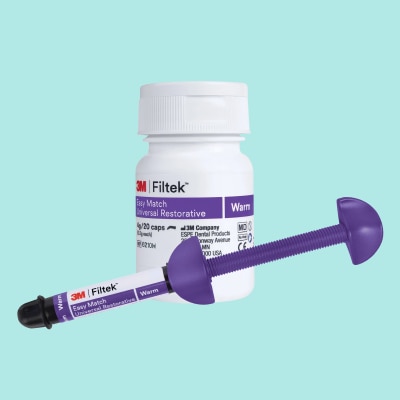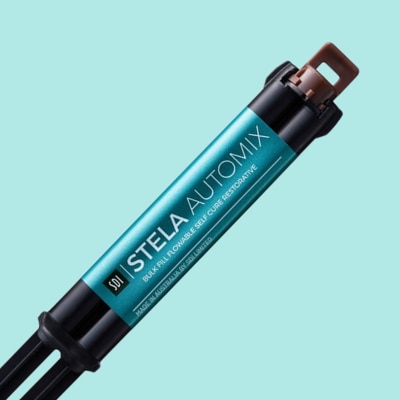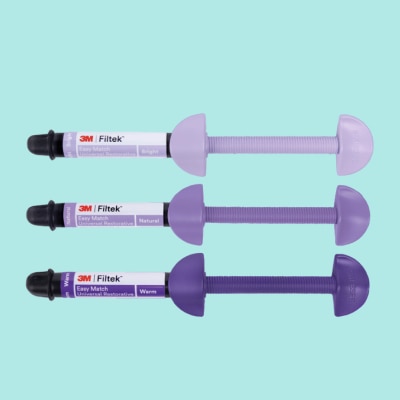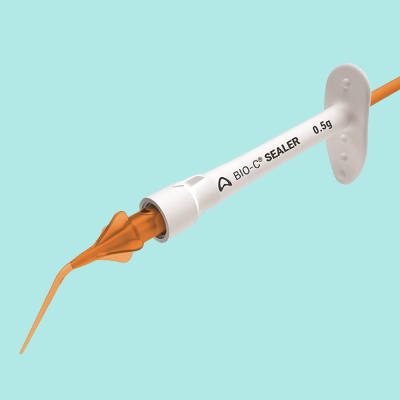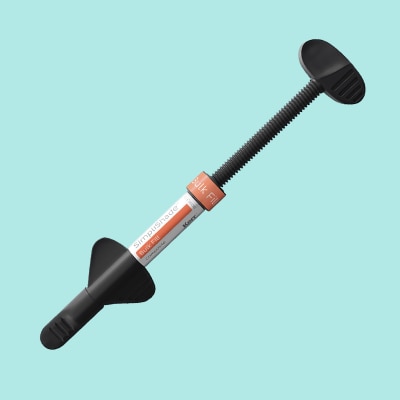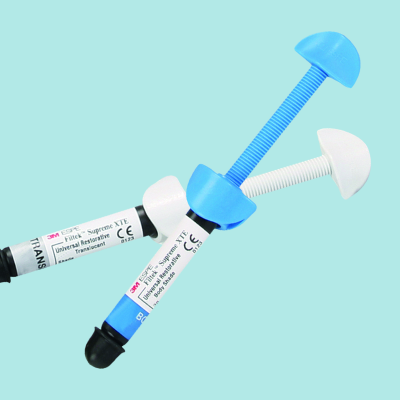While you’d be hard-pressed to find a dental practice not exercising some form of waste segregation, the number of practices doing so correctly will vary. Failure to comply with Department of Health safe management of healthcare waste best practices and guidelines can lead to the release of harmful and infectious chemicals into the environment, and heavy fines for your business.
Here’s everything you need to know to keep your practice compliant and improve your waste disposal operation:
Why is Correct Dental Waste Disposal Important?
Dentists go through a high number of materials and instruments daily, many of which are designed for single use. These items contain various substances and chemicals that are can be potentially dangerous and spread disease if disposed of incorrectly. In-practice waste separation is the vital first step to ensuring this doesn’t happen. With healthcare settings responsible for a significant percentage of the UK’s carbon emissions, sustainable and proper waste management is also key for the dental sector’s bid to lower its carbon footprint.
Colour Coding for Dental Waste
The first point of call for an effective waste separation strategy the whole dental team can follow should be the incorporation of the DOH’s Safe Management of Healthcare Waste Memorandum HTM 07-01 colour code.
Many NHS and private dental practices in the UK use the following colour system to signify to its staff what waste goes where.
Refer to our table for a better understanding or refresher of the colour coded system.
To help streamline your waste management flow, consider positioning appropriate waste containers, such as sharps bins and amalgam containers, as close to the point of waste generation as possible.
In regard to extracted teeth, if free from amalgam, they should go in the sharps bin. If amalgam is present, amalgam waste would be the more appropriate destination. See our blog 'Should You Let Patients Take Extracted Teeth Home?' for additional guidance.

Can Your Dental Practice Limit Waste?
The extreme importance of cross infection control and dentistry’s reliance on single use materials can make limiting waste a challenge for practices.
Though not a viable option for many procedures, reusable alternatives should be explored where possible.
See our blog Disposable Dental Supplies – Do’s and Don'ts for some green ideas.
Recyclable materials, especially everyday consumables, should be favoured when clinically appropriate over non-biodegradable materials.
Hazardous Waste Legislation and Practice Policy
The dental practice has a legal obligation to comply with the following legislation:
How to Find the Right Dental Waste Company
As well as ensuring waste is dealt with appropriately in-house, it is also the dental practice’s duty to best ensure the right measures are taken at the point of final disposal.
Waste management responsibilities of the dental team include:
- Waste described accurately and fully on the documentation
- Waste packaged appropriately for transport
- Waste transferred to an authorised person for transport to an authorised waste site
When selecting a suitable partner among dental waste companies, consider ease of service, price and the company’s recycling credentials. Try and find a collection service that can schedule itself around the needs of your practice and keep you up to speed with legal compliance, duty of care and CQC obligations. Specialist dental waste carriers will also provide waste storage and disposal options as part of their package. You can find many of your essential waste management needs, including dental waste bins, bags and containers, available for next working day delivery on our website.



